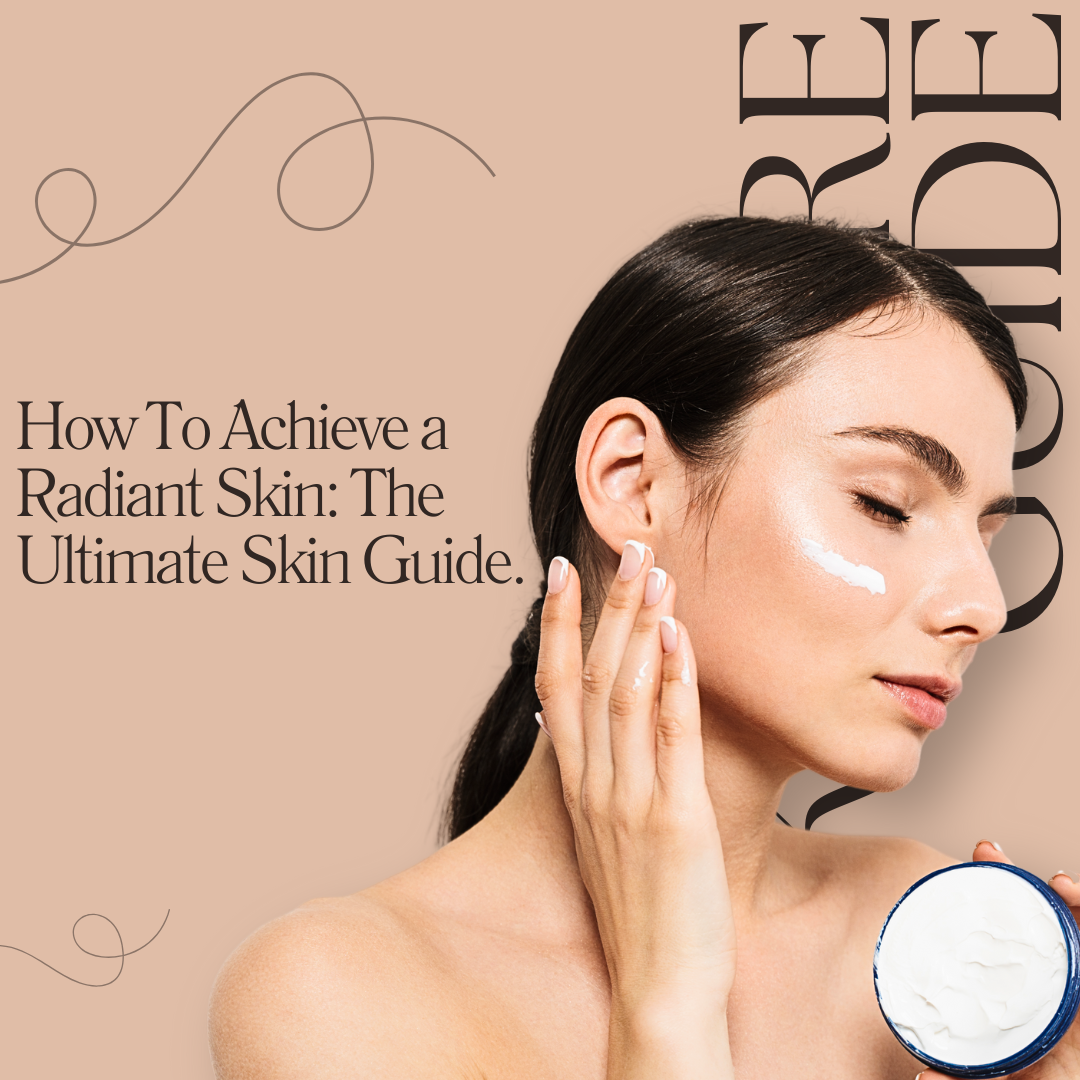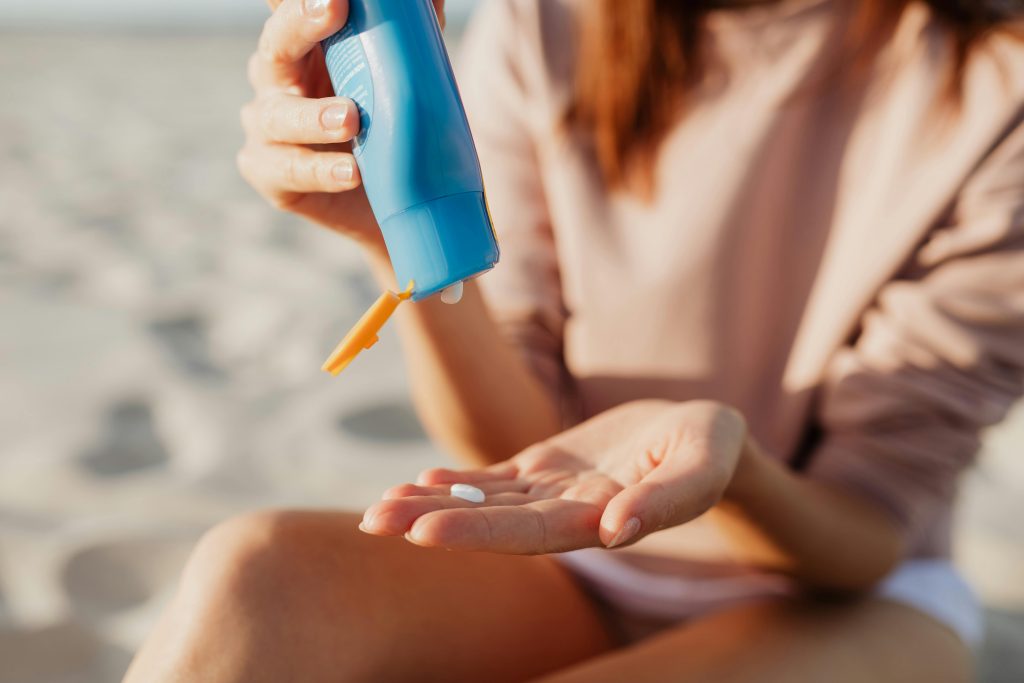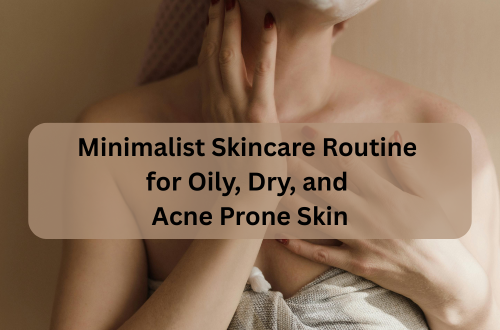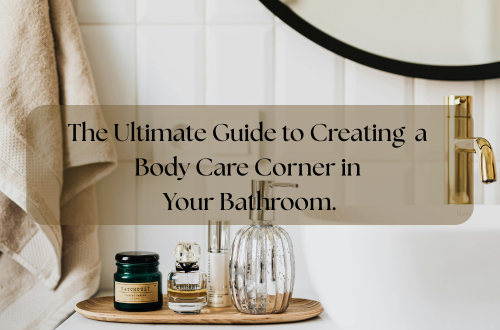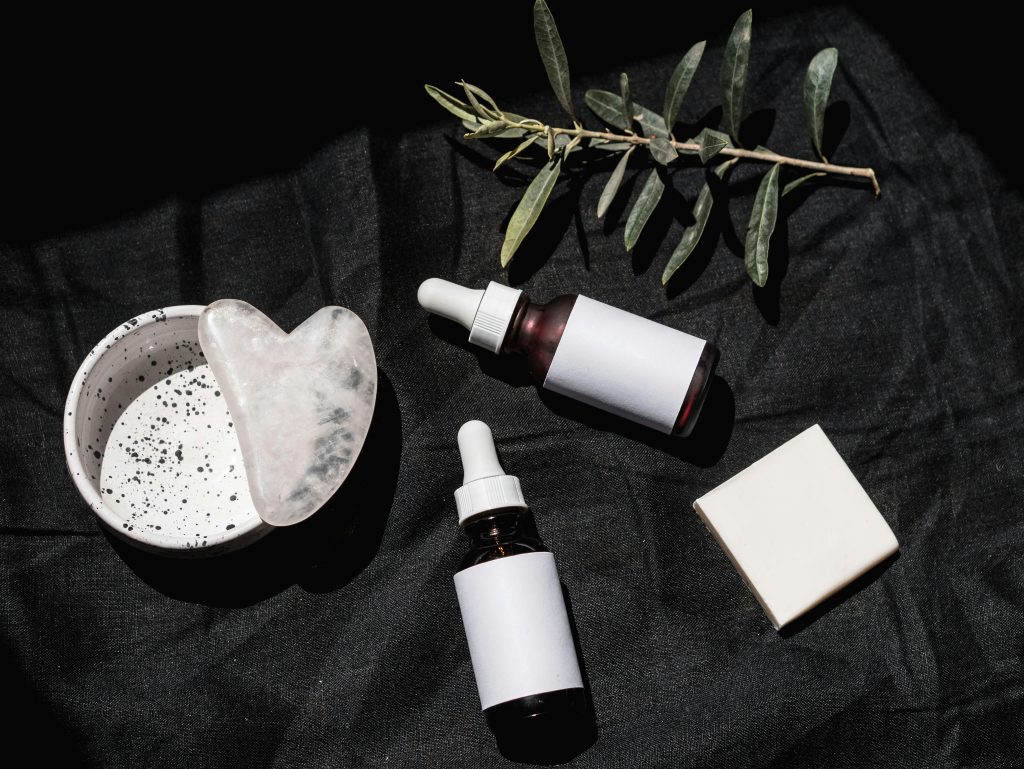
I vividly recall my first moment of real skincare power awareness. It was one evening, staring at my tired, drab skin in front of my bathroom mirror, not in a luxury spa or following the purchase of an expensive serum. Having tried several creams for years, I thought that my skin would look better the more I used. But nothing turned around. I didn’t start to really see a change until I streamlined my regimen and concentrated on what my skin really needed at the time.
You are not alone if you have ever felt overburdened by skincare advice. Achieving perfect skin can feel difficult with so many products and contradicting advice flying about. The truth is, though, a basic, well organized skincare routine catered to your skin type is the secret to that radiant, healthy, brilliant complexion you have always desired. Let us dissect it methodically here.
Step 1: Cleansing – The Foundation To Your Simple Skincare Routine
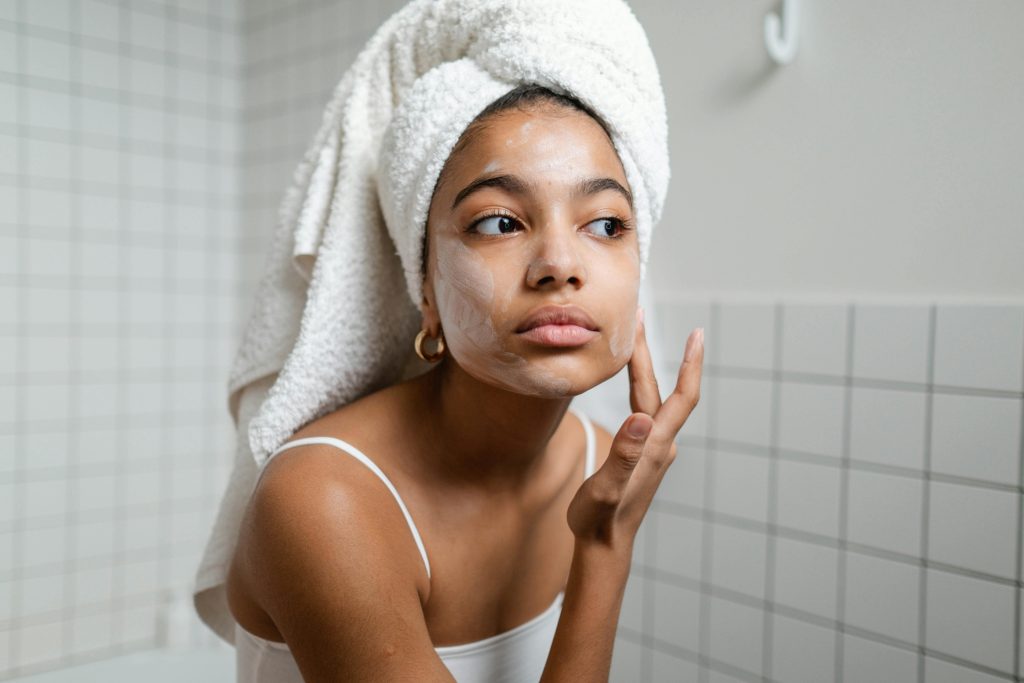
Every successful skincare routine begins with a good cleanser. Dirt, oil, and toxins gather on your skin over the day, causing breakouts and blocked pores. A mild, sulfate-free cleanser removes dirt without depleting your skin’s natural hydration.
Best practice: If you have dry skin, use a moisturizing cleanser; if oily skin, use a gel-based cleanser; if combo skin, use a moderate foamy cleanser. If you wear makeup or sunscreen every day, double cleaning using an oil-based cleanser than a water based one is usually the best of type of face cleanser to use
Step 2: Exfoliation – Revealing Fresh, Glowing Skin
The key weapon for perfect and brilliant skin is exfoliating. It gets dead skin cells that can dull your complexion gone. But be careful; over-exfoliating could compromise your skin barrier.
Best practice: For dry skin, use chemical exfoliants include AHAs (glycolic acid), and BHAs (salicylic acid), for acne-prone skin.
Step 3: Toning: For A Balanced And Hydrated Skin
After cleansing, a toner allows your skin’s pH balance to be reset and prepares it to absorb the remaining skincare products. See it as your skin’s primordial guide.
Best practice: If you have dry skin, hunt for moisturizing toners including rose water or hyaluronic acid. A toner including witch hazel or niacinamide can help regulate extra oil and lower breakouts for oily or acne-prone skin.
Step 4: Serum – Targeting Skin Concerns
Strong treatments loaded with active chemicals that target particular skin issues are serums. The correct serum will help with hyperpigmentation, fine lines, wrinkles, or dryness.
Best practice:
- Retinol serum for anti-aging and collagen synthesis
- vitamin C serum to brighten and leveling out skin tone
- hyaluronic acid serum for deep hydration
- niacinamide serum to manage oil and lower inflammation.
After toning, apply your serum; let it absorb completely before proceeding to the following stage.
Step 5: Moisturizing – Locking in Hydration
Maintaining a good skin barrier depends on moisture. Skipping moisturizer might cause your skin to produce more oil as it seeks to offset dryness even if you have oily skin. do not for for the trap of not using moisturizer because you have got an oily face.
Best practice:
- A good skin barrier depends on moisture.
- Skipping moisturizer could make your skin more oily as it tries to offset dryness even if you have oily skin
Apply your moisturizer always while your skin is just slightly damp to maximize moisture.
Step 6: Sun Protection – The Non-Negotiable Step
If there is one skincare tip you should never overlook that will be wearing sunscreen daily. The first cause of black spots, skin damage, and early aging is UV radiation.
Best practice: If you spend time outside, especially, use a broad-spectrum SPF 30 or greater and reapply every two hours. Search for light, non-greasy recipes free of pore clogging agents.
Bonus: Skincare Habits for Long-Term Radiance
Getting glowing skin requires keeping good habits as much as it does utilizing the correct products:
• Stay Hydrated: Drinking lots of water maintains beautiful, radiant and plump skin.
• Eat a balanced diet; foods high in antioxidants include berries, almonds, and leafy greens help to improve skin health.
• Get Enough Sleep: Try for 7–9 hours of quality sleep since your skin restores itself a night
• Control Stress: Dull skin and breakouts follow from long-term stress. Work on mindfulness, meditation, or basic deep-breathing techniques.
The Takeaway: A Skincare Routine That Works
When I back up my own skincare path, I see that consistency above complexity was the most important lesson. I used to follow every new fad, but my skin only got better when I committed to a basic, efficient regimen catered to my skin need at the time.
Start your skincare regimen with these fundamental steps if you’re ready to have brilliant, radiant and healthy skin: cleanse, exfoliate, tone, use serum, moisturize, and protect with SPF. Stay with it; with time you will see changes.
These Are Questions That Are Frequently Ask About Skincare Routines
Q: Results from a skincare routine take what time to show?
A: Depending on the items used and consistency, most people start to see obvious benefits around 4–6 weeks. While results from acne or anti-aging agents take time, hydration and brightness effects are evident sooner.
Q: Does my skincare routine allow me to skip toner?
A: Indeed, toner prepares the skin for serums and moisturizers and helps to regulate its pH. A moisturizing toner could help if your skin feels tight or dry after washing.
Are you having trouble with any of your skincare? Share your worries in the comments; together, let’s work out answers!

